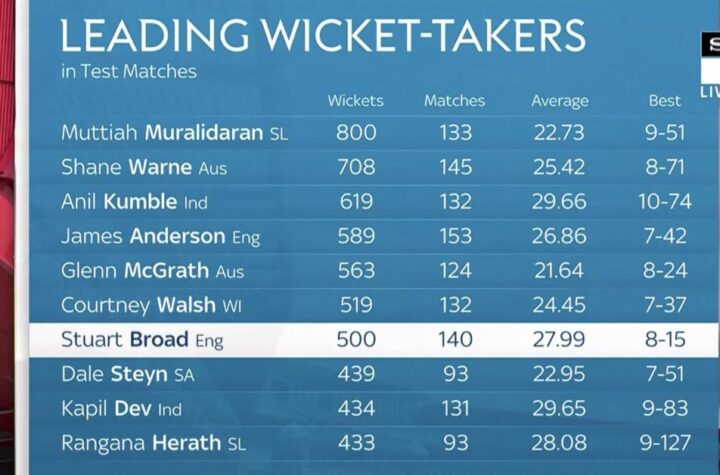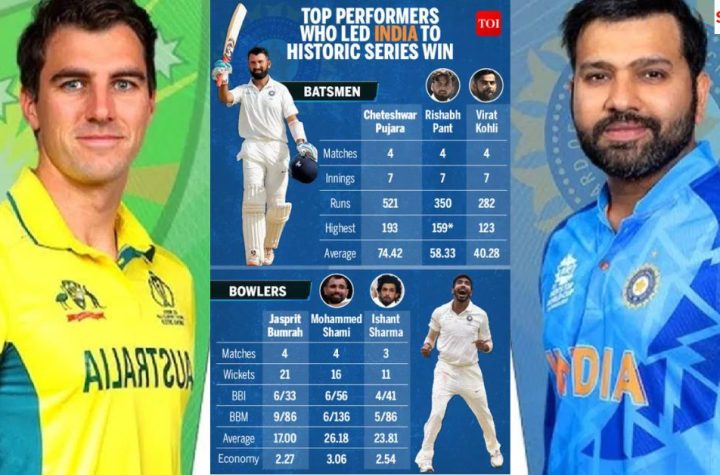
An umpire’s influence can have a tremendous effect on the outcome of a match, particularly with DRS and third umpire no-ball calls now at play. Unsurprisingly, they’re highly paid for their services; but what motivates people to become umpires and how much do they make in return?
Kumar Dharmasena of Sri Lanka is an exceptional example of an exceptional player-turned-umpire. After playing on their 1996 World Cup-winning side and retiring, Dharmasena soon transitioned into umpiring and quickly became one of the most recognizable faces in international cricket – officiating numerous crucial matches as part of the ICC elite panel (60 Tests, 97 ODIs and 22 T20Is since 2009).
Kumar Dharmasena earns approximately $150,000 each year excluding match fees and bonuses, not counting match fees or bonuses. As one of the world’s premier umpires he has officiated several high-profile matches while remaining calm under pressure to make accurate decisions.
Marais Erasmus, another well-recognized umpire, enjoys a handsome annual salary. Since 2006 he has been part of the elite panel of International Cricket Council umpires known for their calm demeanor and precise decision-making – officiating at 30 Tests, 62 ODIs and 20 T20Is respectively while boasting an estimated annual salary of $145,000.
New Zealander Billy Bowden is another high-profile umpire whose services are well compensated. He has officiated in over 130 Tests and 147 ODIs since 2005 and earned approximately $100,000 annually as his annual salary. These umpires are just some of the more notable figures in international cricket; their salaries can differ depending on where they work as well as level.





More Stories
The Highest Wicket Taker in Test Cricket
India National Cricket Team Vs Australian Men’s Cricket Team Timeline
One-Off Tournaments in Sports: Meaning, Importance & Global Impact